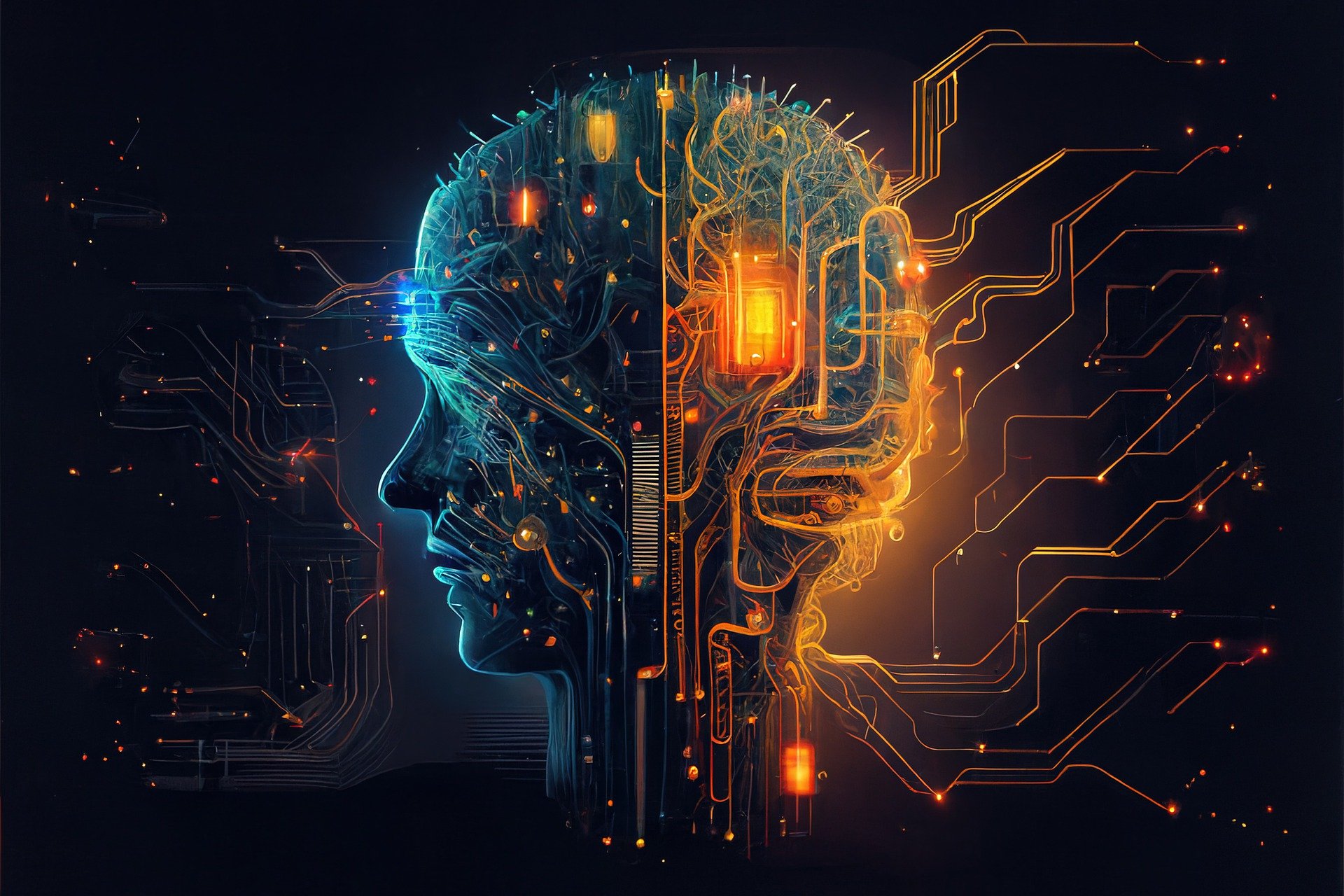How AI and Cybersecurity Are Shaping the Future of Autonomous Robots
The world of autonomous robots is advancing at lightning speed, thanks to the intersection of Artificial Intelligence (AI) and Cybersecurity. From self-driving cars to warehouse automation, robotics is revolutionizing how tasks are performed. However, as robots become smarter and more connected, they also become more vulnerable to cyber threats. This blog explores how AI powers autonomous robots, the role of cybersecurity in protecting them, and how these fields converge to shape the future.
Autonomous Robots: The AI-Powered Workforce
Autonomous robots are machines capable of performing tasks with minimal human intervention. They rely on AI algorithms to process data from sensors, make decisions, and adapt to dynamic environments.
Key Features of Autonomous Robots:
- Perception: Using cameras, LiDAR, and ultrasonic sensors, robots perceive their surroundings.
- Decision-Making: AI models analyze sensory data to plan actions.
- Navigation: Robots use techniques like SLAM (Simultaneous Localization and Mapping) to move efficiently.
Applications:
- Logistics: Robots manage warehouses, transport goods, and optimize supply chains (e.g., Amazon’s Kiva robots).
- Healthcare: Autonomous delivery robots transport medical supplies in hospitals.
- Agriculture: AI-powered drones monitor crops, detect diseases, and optimize irrigation.
The AI driving these robots enables precision and efficiency, but with connectivity comes risks.
Cybersecurity: A Necessity for Autonomous Robots
As robots connect to networks, they become targets for hackers. Cybersecurity is critical to ensure robots operate safely and reliably.
Challenges:
- Data Breaches: Sensitive data collected by robots could be exposed during cyberattacks.
- Hijacking: Hackers could take control of robots, causing physical harm or operational disruptions.
- Network Vulnerabilities: Attacks on communication protocols could lead to robot malfunctions.
Real-World Incidents:
- In 2018, researchers demonstrated how a drone’s navigation system could be hijacked by exploiting software vulnerabilities.
- Industrial robots have been found vulnerable to ransomware attacks, potentially halting production lines.
AI in Cybersecurity for Robotics
AI is not just a target—it’s also a powerful tool for cybersecurity in robotics.
How AI Enhances Security:
- Anomaly Detection: AI models analyze network traffic to detect unusual patterns, signaling potential threats.
- Threat Prediction: Machine learning predicts vulnerabilities before they can be exploited.
- Real-Time Response: AI-powered systems respond to attacks faster than traditional methods, minimizing damage.
Examples:
- Endpoint Protection: AI monitors robotic endpoints for suspicious activity.
- Behavioral Analysis: AI analyzes robot behavior to identify deviations from normal operations.
The Synergy: AI, Cybersecurity, and Robotics
The integration of AI and Cybersecurity creates a robust framework for autonomous robots. Here’s how:
- Self-Healing Systems: Robots equipped with AI can identify and patch vulnerabilities autonomously.
- Secure Communication: AI encrypts data transmission, preventing interception by hackers.
- Collaborative Defense: Connected robots share threat intelligence in real time, strengthening overall security.
Future Trends in AI-Driven Robotics and Cybersecurity
- Edge AI: Robots will process data locally, reducing reliance on cloud connectivity and improving security.
- Blockchain Integration: Decentralized ledgers will ensure secure data sharing among robots.
- AI-Driven Ethical Hacking: Security teams will use AI to simulate attacks, identifying vulnerabilities in robotic systems.
Career Opportunities for Aspirants
For students like you, Anshu Kumar, interested in AI, Robotics, and Cybersecurity, these fields offer exciting opportunities:
- AI and Robotics Developer: Design intelligent robotic systems for industries like healthcare, logistics, and defense.
- Cybersecurity Analyst: Focus on securing robotic systems and IoT devices from cyber threats.
- Robotic Software Engineer: Develop AI-powered navigation, vision, and control algorithms.
Skills to Learn:
- Programming: Master Python, C++, and Java for AI and robotics development.
- Cybersecurity Tools: Learn Wireshark, Metasploit, and ethical hacking techniques.
- AI Frameworks: Familiarize yourself with TensorFlow, PyTorch, and OpenCV.
By participating in hackathons, building projects, and contributing to open-source initiatives, you can hone your skills and prepare for this emerging landscape.
Conclusion
The convergence of AI, Cybersecurity, and Robotics is driving innovation while introducing new challenges. Autonomous robots are not just transforming industries—they’re shaping the future of work and society. By addressing cybersecurity concerns and leveraging AI’s potential, we can unlock the full capabilities of these intelligent machines.
The journey is just beginning, and with the right skills and passion, you can be at the forefront of this revolution.











Fantastic information